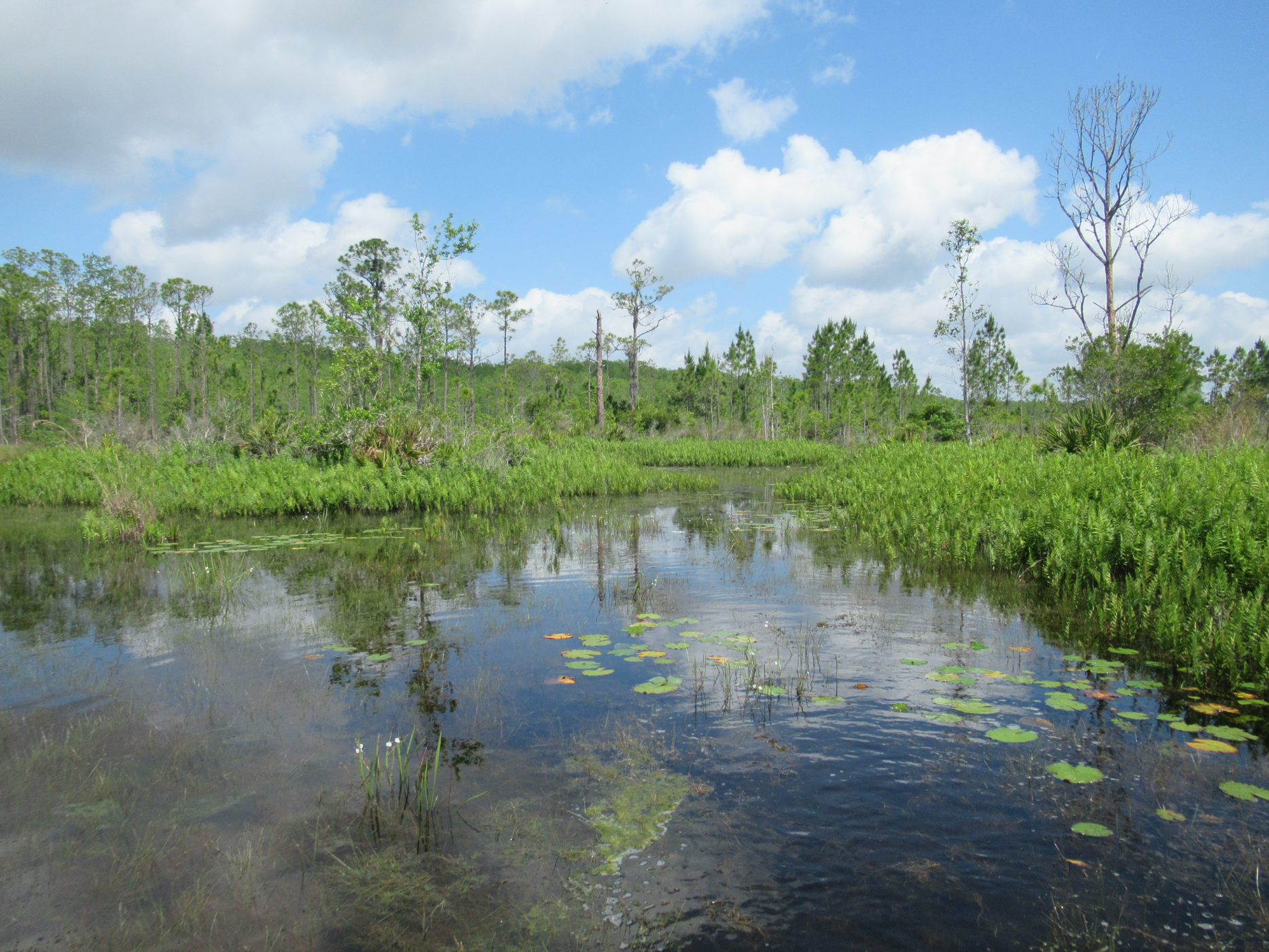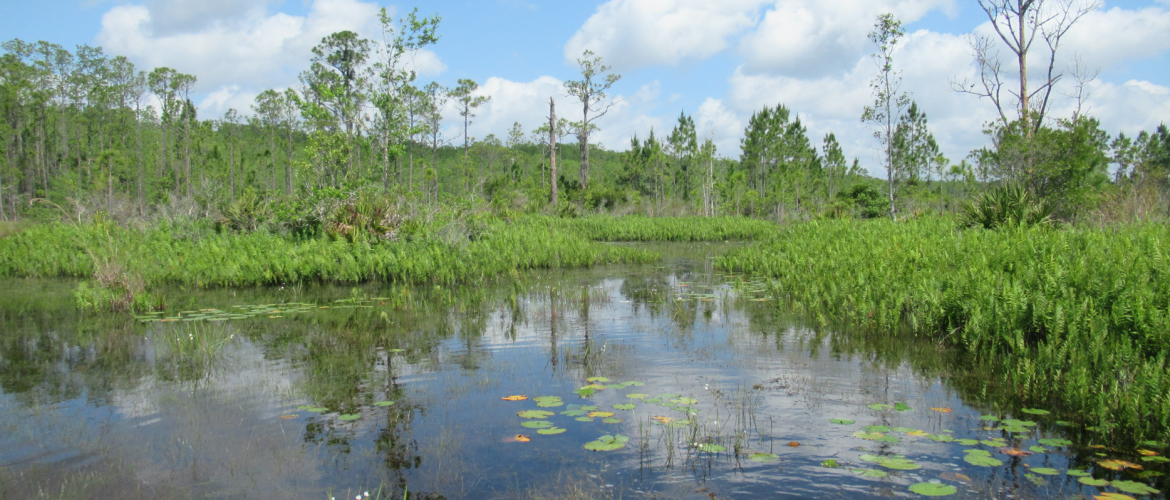
How to Permit a Wetland Mitigation Bank in Florida?
Permitting a wetland mitigation bank is a structured, regulated process that involves multiple steps and agencies. Below is a detailed breakdown of how to permit a mitigation bank in the U.S., following the Federal Mitigation Rule (33 CFR Part 332).
The Mitigation Bank Florida Statute, 373.4136, and Mitigation Bank Rule, 62-342, provide the framework for permitting state of Florida wetland mitigation banks. Mitigation banks are authorized by a state permit, issued by either a water management district or the department, and by the U.S. Army Corps of Engineers as a Mitigation Bank Instrument (MBI).
Mitigation Bank Permitting Process Flowchart:
Mitigation Bank Owner/Sponsor
- Proposes plan to regulatory agencies for environmental restoration.
- Creates or restores wetlands to generate mitigation credits.
- Sells mitigation credits.
Wetland Mitigation Banking Environmental Consultant (Qualified Mitigation Specialist: QMS)
- Responsible for providing a plan to restore a potential mitigation bank
- Submits a Prospectus to the Agencies
A. Pre-Application Phase
- Applicant (Bank Sponsor) conceptualizes project
- Optional: Meet with State and/or Federal Agency for early feedback
B. Federal Prospectus Submission
- Sponsor submits a Prospectus to the U.S. Army Corps of Engineers (USACE)
- USACE distributes to the IRT (typically includes EPA, USFWS, NOAA, state agencies)
C. Public Notice
- USACE issues Public Notice of the proposed bank
- 30-day public comment period
D. IRT Review of Prospectus
- IRT reviews comments and prospectus
- IRT provides feedback to the sponsor
E. Draft Instrument Development
- Sponsor prepares Draft Banking Instrument
- Includes: site plan, service area, credit release schedule, monitoring requirements
F. IRT Review and Negotiation
- IRT reviews draft
- Iterative process: revisions and negotiations between sponsor and IRT
G. Final Instrument Approval
- USACE issues final approval (Mitigation Banking Instrument signed)
- Establishes legal and ecological requirements
H. Implementation & Initial Credit Release
- Sponsor begins bank construction and site implementation
- Initial credits may be released upon meeting milestones
I. Monitoring and Adaptive Management
- Ongoing site monitoring (usually 5–10 years)
- Annual reports submitted to IRT
J. Additional Credit Releases
- Based on achievement of performance standards
- Verified by USACE and IRT
K. Long-Term Management
- Long-term stewardship plan and funding (e.g., endowment)
- Site turned over to long-term steward (if applicable)
Mitigation Banking Regulatory Agency (State & Federal Agencies)
- Reviews Prospectus for Potential Mitigation Banks
- Approves Mitigation Banking Instrument (MBI)
- Authorizes Credit Releases
- Manages Operation, Maintenance and Monitoring for Compliance
ERP Regulatory Agencies
- Require mitigation for development.
- Review and approve these projects and require mitigation when impacts occur.
- Approve mitigation projects.
Client/Permittee/Buyer of Mitigation Credits
- Needs to offset impacts from projects with wetlands impacts.
- Developers or municipalities—must compensate for environmental impacts to receive project approval.
Wetland ERP Environmental Consultant
- Advises client on regulatory requirements.
- Coordinates with agencies.
- Helps locate and secure mitigation credits.
- Serve as expert guides for the client, helping assess impacts, understand compliance requirements, and navigate the regulatory process. They also assist in identifying suitable mitigation banks. Through this coordinated effort, clients purchase credits from approved mitigation banks to satisfy regulatory obligations—ensuring a balanced approach to development and conservation.
To permit a mitigation bank, one will need to obtain a State (FDEP) and Federal MBI (USACOE)
Timeline: It takes approx. 2 years for a state permit and 7 years for a federal permit.
You should evaluate what other mitigation banks are currently within the same drainage basin/watershed to understand mitigation credit pricing, absorption, and availability of current inventory.
Depending on SEVERAL factors, you can guesstimate that you can obtain 1 Credit for Every 7-10 Acres of Preserved & Restored Lands. A minimum of approx. 300 acres is a viable mitigation option. However, some have been as small as 151 acres. However, the bigger the better! For example, for 1,000 acres of restored and protected lands, you can guesstimate that you could potentially obtain 100 mitigation credits, which would be released over approx. 5-10 years.
Anticipated Upfront Costs are:
Approx. $300,000.00+ for environmental consulting to obtain permit
A Short Term Endowment – 110% of the “construction costs” will have to be placed in a financial bank- this will be determined based on the specifics of the restoration work, if any.
A Long Term Endowment- Calculated on case by case basis of how much you will need to put in a financial bank to fund the property in perpetuity.
For more information please visit https://mitigationbankinginc.com/faqs-and-resources/






